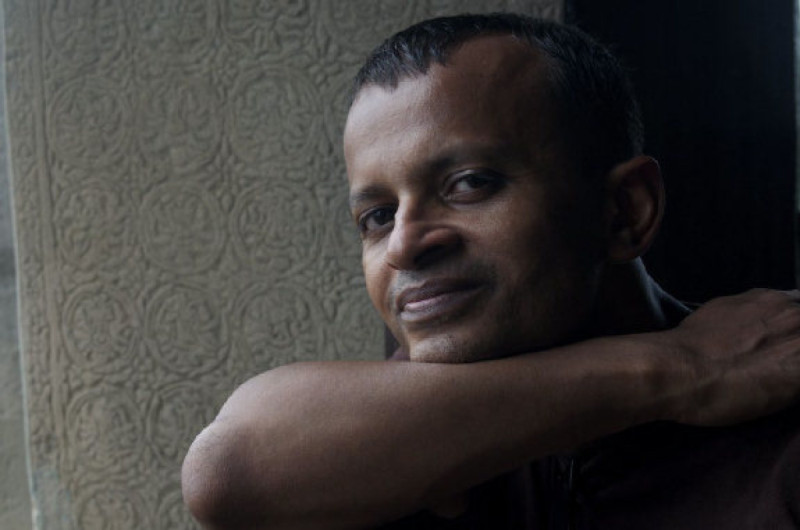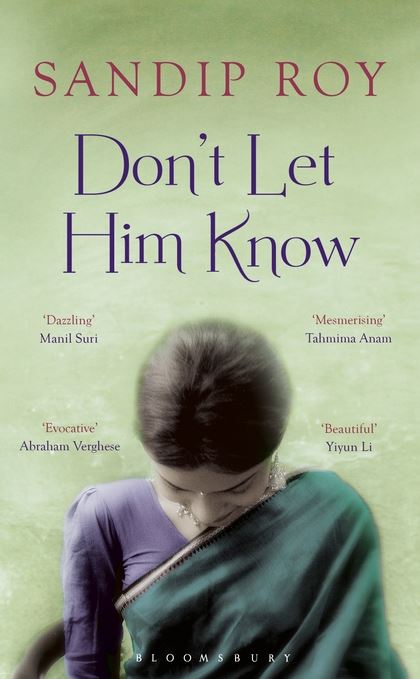With a laugh, longtime Bay Area radio personality and journalist Sandip Roy calls himself a “twice-cooked immigrant.”
He’s been back in Calcutta for the past four years, to be closer to his aging mother. But prior to that, he spent 20 years in California — and he’s not quite done with the place. Roy still owns a house in San Francisco, and he kept his gym membership, he says, again with a laugh. This month, a flurry of Bay Area events centered around the Jan. 20 publication of his first novel, Don’t Let Him Know, serves as a homecoming, of sorts.
“I decided that I’d go back to India for an indefinite period of time,” he says. “People ask me if I’ve moved for good — for good is a very permanent word that doesn’t work for us anymore.”
Roy originally came to the U.S. two decades ago to study computer science. He ended up working as a software engineer in Silicon Valley, dabbling in writing on the side. Before long, he’d came into contact with New American Media and began hosting a radio show, notwithstanding a total lack of experience. This led to a stint as a commentator on Morning Edition on NPR, and hosting duties at KALW in San Francisco. Journalism eventually subsumed the computer science work. Now, Roy is a senior editor at Firstpost.com, a popular digital news platform in India, and he writes fiction on the side. At least, it was a side gig, until an book editor came knocking on his door.
“‘Accidentally’ seems to be the theme of my life,” Roy says, tossing out another friendly laugh. “It’s not been the most planned journey, but it has been very serendipitous, lots of lucky accidents and chance encounters.”



